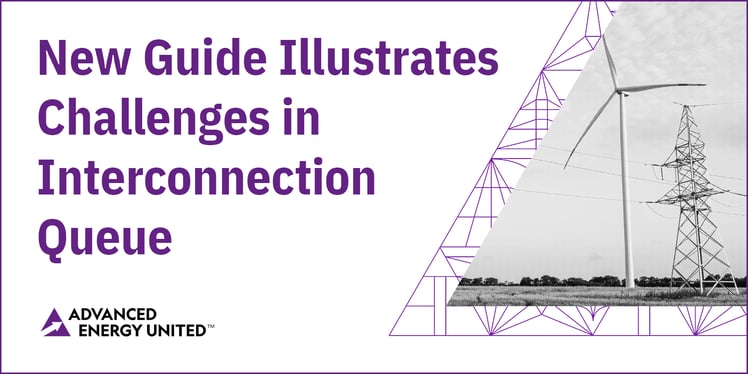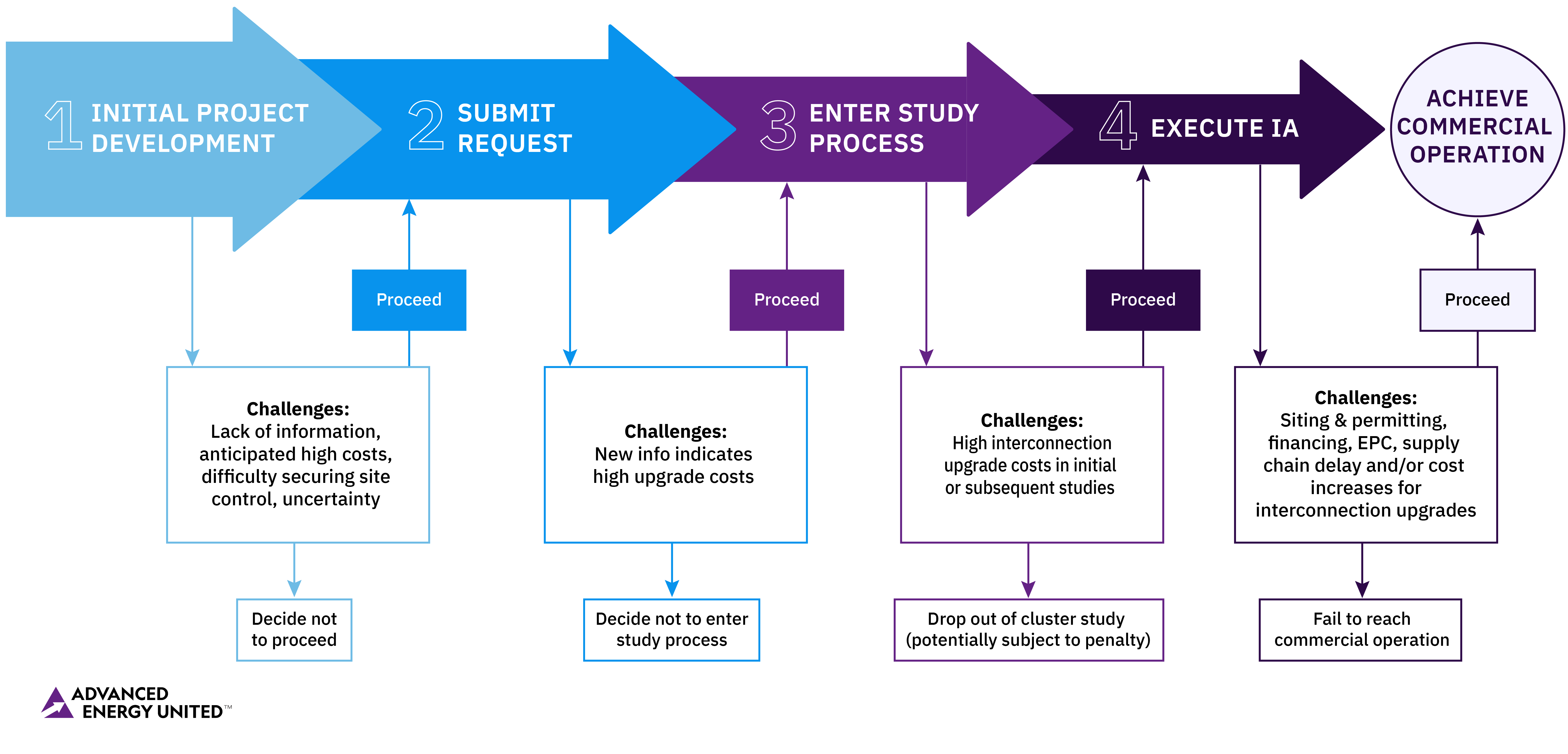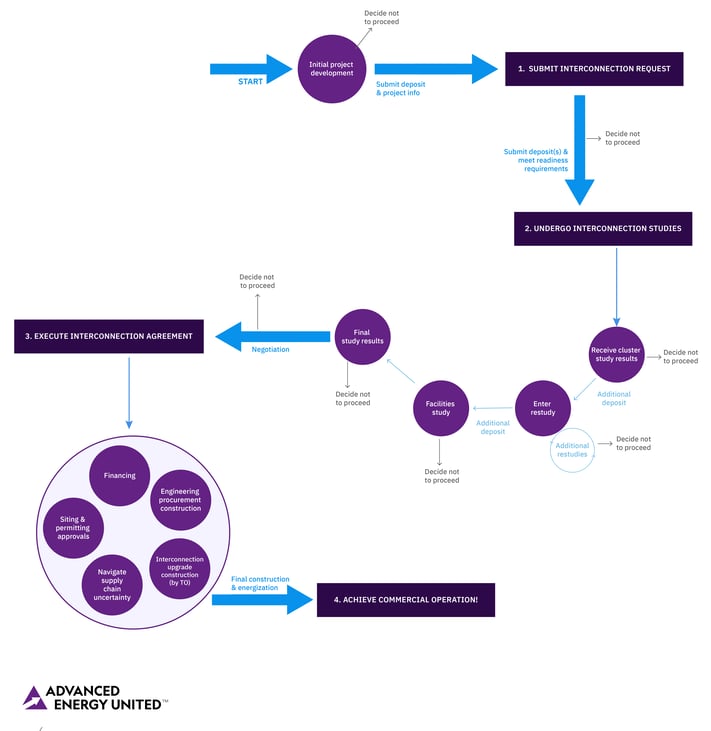 Across the country, over 2,000 gigawatts of resources representing 10,000 projects are waiting for the green light to connect to the grid so they can commence construction and start operating—mostly clean resources like wind, solar, battery storage, and hybrid renewable-plus- storage projects. These projects are stuck in interconnection queues, undergoing an evaluation of reliability impacts and transmission system upgrades that must be made before they can start to deliver electricity to the grid.
Across the country, over 2,000 gigawatts of resources representing 10,000 projects are waiting for the green light to connect to the grid so they can commence construction and start operating—mostly clean resources like wind, solar, battery storage, and hybrid renewable-plus- storage projects. These projects are stuck in interconnection queues, undergoing an evaluation of reliability impacts and transmission system upgrades that must be made before they can start to deliver electricity to the grid.
The interconnection process is a complex, multi-step, multi-year journey that many projects don’t make it through. While necessary, the interconnection process is widely acknowledged to be broken, with everyone from the Federal Energy Regulatory Commission (FERC) to utilities and grid operators to project developers calling for and working toward reform. For projects trying to get built, the cost and schedule uncertainty of the interconnection process make all the other parts of the development process—from financing to permitting—much more challenging.
Our recently released guide, Moving Through the Interconnection Queue: How A Project Gets Built or Doesn't, walks through the process from the perspective of a project developer, highlighting challenges faced along the way and explaining why some projects don’t make it to commercial operation. While the process is different in every region, we aim to outline through the guide the general trajectory any project takes to connect to the grid, reflecting reforms finalized by FERC in Order No. 2023 issued in July 2023, but not yet implemented.

Our guide explores the roles, challenges, and points of potential failure faced by the following players throughout each four steps of the interconnection journey:
 Project Developers
Project DevelopersWhile interconnection costs and delays are directly borne by developers seeking to connect new projects to the grid, the impacts of these costs and delays are ultimately felt by the grid and the customers it serves. As FERC unanimously recognized in Order No. 2023, delays and cost increases in the interconnection process impact grid reliability, with multiple regions currently cautioning that delays to new resources coming online is a threat to reliability. At the same time, the current interconnection process results in higher costs for consumers due to higher project development expenses that are ultimately reflected in energy prices, inefficient transmission buildout, and lack of efficient market entry of new resources that undermines competition.

As illustrated above, the generator interconnection process is a necessary but complex multi-stage, multi-party effort that requires significant input of time and resources and involves significant risk, cost, and uncertainty. Increasingly, interconnection challenges and delays are the top barrier to new resources coming online to deliver reliable and affordable electricity.
Reforms recently approved by FERC in Order No. 2023, if implemented effectively, will help to streamline and improve the interconnection process. However, additional reforms will be needed to address the obstacles that currently exist throughout.
